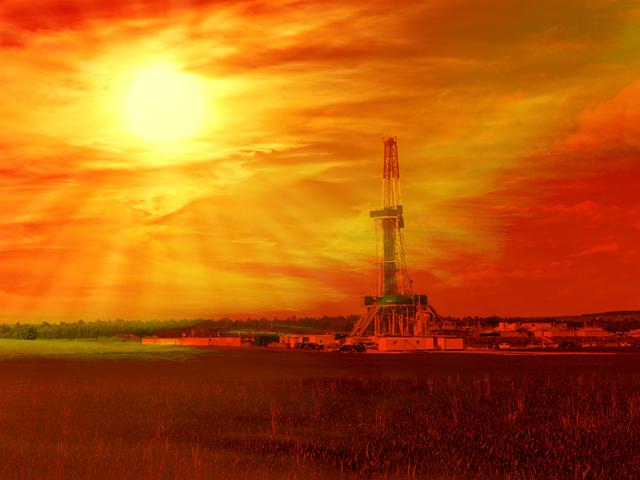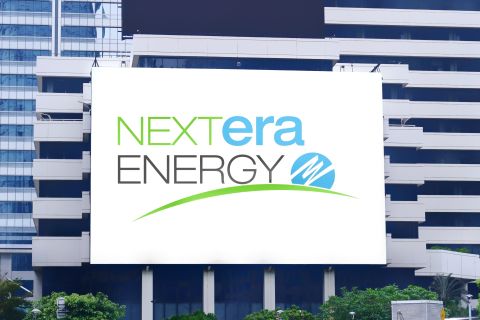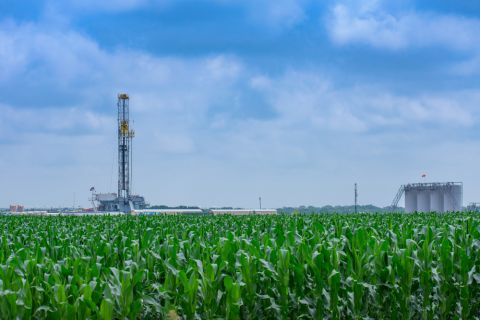
SHREVEPORT, La.—Producers in all of the unconventional plays hope for a rise in natural gas demand—and gas prices—soon, but the Haynesville more than other plays depends on such a trend.
That was the viewpoint of two speakers at Hart Energy’s recently held DUG Haynesville conference and exhibition. The reborn play has multiple advantages. Markets have improved but could be better, they added.
Welles Fitzpatrick, managing director of E&P research for SunTrust Robinson Humphrey, rated his firm “a little bit more optimistic on natural gas pricing” than many industry analysts. He provided a top-down review of the gas business, coupled with a projection of what lies ahead for the commodity.
“Gas prices are depressed now but we expect that to improve in 2019 and beyond,” Fitzpatrick said. “And when they do turn up, the Haynesville will be one of the best-positioned plays to take advantage of that upturn.”
That will drive corporate capital efficiency, “writ large,” he added, saying the play “will recapture its crown as the No. 1 gas play in the Lower 48.”
The difference in a bull market and a bear market—$3.50 gas vs. $2 gas—is a comparatively small swing of 2-4 billion cubic feet per day (Bcf/d) of demand, he said. Current U.S. dry gas production runs above 87 Bcf/d.
Net gas exports, as LNG and to Mexico net after Canadian imports, will be the big driver of future demand, Fitzpatrick said. “The change is going up and up, by 2.1 Bcf/d in one year. That’s the equivalent of one Barnett (Shale), that’s huge. It’s growing quicker than we expected. Industrial demand is positive, but the driver is exports.”
The most significant shift in gas demand came in 2016 when the Sabine Pass plant went on stream and “crystallized” the U.S. role as a major LNG supplier. “Now, we were supplying gas to the whole world.”
The Haynesville enjoys a location close to the Gulf Coast, near Sabine Pass and other LNG liquefaction plants, as well as comparatively good midstream infrastructure. Proposed pipelines will make that infrastructure still better.
Fitzpatrick said Haynes gas is oversupplied now but “this will reverse as production growth slows dramatically in ’19.” Demand will accelerate this year and prices will respond positively as a result.”
Longer term, the supply/demand situation looks good for producers in the Haynesville and elsewhere, he noted.
“We haven’t discovered a major new gas play since 2011,” Fitzpatrick said. “Shale plays don’t last forever, in fact they don’t last long. Without new plays, you need higher prices. The Haynesville is unique in its rebirth, which provides huge advantages.”
U.S. Energy Information Administration figures show Haynesville gas production fell from above 6 Bcf/d to around 5 Bcf/d before starting a rebound in early 2017. Overall low prices and crowding from the Marcellus inhibited the play for a while. Late 2018 flows passed 8 Bcf/d.
Tom Petrie, chairman of Petrie Partners, seconded Fitzpatrick’s emphasis on gas exports in a presentation entitled “Haynesville on the LNG Train: Growing Supply.” He pointed to the “LNG infrastructure solution that is so critical to transform the gas pricing marketplace.”
Petrie referred to a Massachusetts Institute of Technology gas production forecast published in 2010. It seemed optimistic at the time but in reality, “the productivity is more than twice what we thought we had.” The nation expanded from five to eight unconventional plays and the Marcellus, “because it became so successful, so quickly,” gets credit for much of the increase, but the Appalachian play “became a competitive alternative to the Haynesville.”
Petrie shared a conversation he had with Cheniere founder Charif Souki, now chairman of the board at Tellurian Inc., as Cheniere announced plans nearly a decade ago to convert its LNG receiving terminal to a liquefaction and export operation.
“I said it’s perversely insightful, and you can spell that with an ‘S’ or a ‘C,’ either way,” Petrie said. He called the Sabine Pass “the cornerstone” of LNG exports that transformed the U.S. gas business and the world’s LNG market.
Additional trains at Sabine Pass; combined with the Cove Point, Md.; Corpus Christi, Texas; and Cameron, La.; plants will push gas export demand to some 9 Bcf/d this year, he noted.
Petrie noted the gas supply overhang “is not a problem, it’s an opportunity.”
Exports represent an exciting opportunity for all of the shale plays. He mentioned the surging associated gas flowing out of the Permian Basin in particular. But the Haynesville’s proximity to many of the LNG liquefaction projects are a plus for the region’s producers.
“The implicit rising connectivity of Henry Hub to global gas pricing trend is an exciting, transformational development for the U.S. fossil fuel sector generally, and especially for
Haynesville production,” he said.
Recommended Reading
NextEra Energy Dials Up Solar as Power Demand Grows
2024-04-23 - NextEra’s renewable energy arm added about 2,765 megawatts to its backlog in first-quarter 2024, marking its second-best quarter for renewables — and the best for solar and storage origination.
Halliburton’s Low-key M&A Strategy Remains Unchanged
2024-04-23 - Halliburton CEO Jeff Miller says expected organic growth generates more shareholder value than following consolidation trends, such as chief rival SLB’s plans to buy ChampionX.
Enverus: Q1 Upstream Deals Hit $51B, But Consolidation is Slowing
2024-04-23 - Oil and gas dealmaking continued at a high clip in the first quarter, especially in the Permian Basin. But a thinning list of potential takeout targets, and an invigorated Federal Trade Commission, are chilling the red-hot M&A market.
Baker Hughes Awarded Saudi Pipeline Technology Contract
2024-04-23 - Baker Hughes will supply centrifugal compressors for Saudi Arabia’s new pipeline system, which aims to increase gas distribution across the kingdom and reduce carbon emissions
Ithaca Energy to Buy Eni's UK Assets in $938MM North Sea Deal
2024-04-23 - Eni, one of Italy's biggest energy companies, will transfer its U.K. business in exchange for 38.5% of Ithaca's share capital, while the existing Ithaca Energy shareholders will own the remaining 61.5% of the combined group.




